A NEXT for AUTISM Strategic Report
November 2025
This Strategic Report shares data compiled from autistic-led and community organizations nationwide as part of NEXT for AUTISM’s 2025 grants cycle, based on submissions from 522 organizations across all 50 states.
Below is a portion of the full report; CLICK HERE to access the full report.
Executive Summary
In 2025, 522 organizations applied for funding, representing all 50 states and a wide range of organizational sizes and service models. This breadth underscores both the national urgency and the diversity of approaches being developed to support autistic adults. Together, these proposals projected a potential reach of more than 1 million autistic adults, a figure that highlights both the scale of unmet need and the opportunity for high-impact investment nationwide.
In 2025, 522 organizations applied for funding, representing all 50 states and a wide range of organizational sizes and service models. This breadth underscores both the national urgency and the diversity of approaches being developed to support autistic adults. Together, these proposals projected a potential reach of more than 1 million autistic adults, a figure that highlights both the scale of unmet need and the opportunity for high-impact investment nationwide.
Together, these proposals projected a potential reach of more than 1 million autistic adults, a figure that highlights both the scale of unmet need and the opportunity for high-impact investment nationwide.
Applicant Profile
Total Applicants: 522 organizations
Geographic Reach: All 50 U.S. states
Autistic-led Organizations: 145 met NEXT for AUTISM’s definition of autistic-led, with the remainder evaluated in the community-based category
Returning vs. New Applicants: 54 organizations were previously funded grantees (eligible for $25,000 awards), while the majority were new applicants (eligible for $10,000 awards)
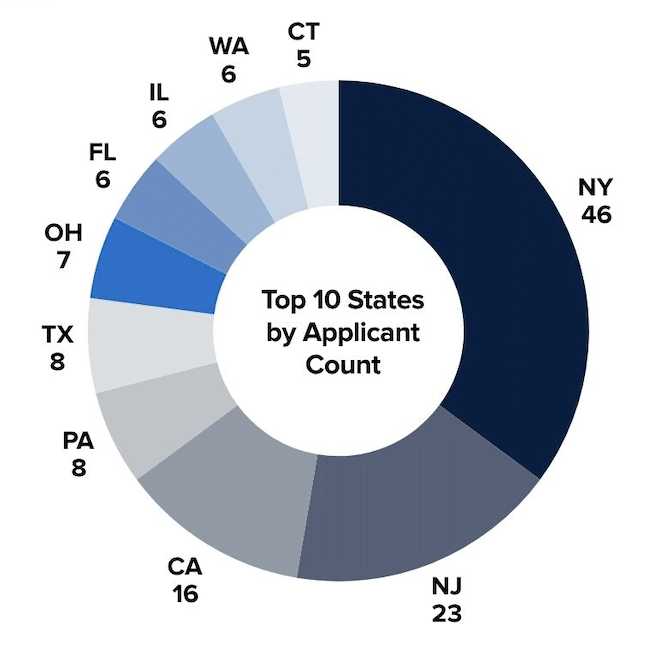
Year Over Year Growth
NEXT for AUTISM’s grant program has seen significant growth in applications over the past few years. In 2022, the program received 350 applications. In 2023, the cycle was limited to autistic-led organizations, drawing 54 applicants. In 2024, the program included both autistic-led and community-based categories, yielding 412 applications. By 2025, the applicant pool grew again to 522 organizations, a 27% increase year-over-year.
Within this overall growth, autistic-led applications rose from 54 in 2023 to 102 in 2024, and to 145 in 2025, nearly tripling in just two years. Community-based organizations also showed expansion, from 310 in 2024 to 368 in 2025. These trends suggest both heightened demand for funding opportunities and a growing presence of autistic-led organizations in the national landscape.
Where the Field is Investing
In 2025, NEXT for AUTISM received over $5.7 million in funding requests from more than 500 organizations across four key categories:
- Work / Employment: $2.17M
- Social / Community: $1.88M
- Health / Well-Being: $1.30M
- Home / Housing: $389K
These four categories have long shaped our approach to funding. But this year, something new emerged: within each category, we began to see clear patterns and recurring themes.

Organizations weren’t just proposing projects; they were converging around shared challenges, creative models, and promising solutions. That convergence caught our attention.
NEXT is deepening its investment not just by funding, but with connection. Through our NEXT COLLABORATES initiative, we’re beginning to link organizations doing similar work across the country. Our goal is to help them share resources, co-create tools, and learn from one another, whether they’re running a job coaching program, launching a sensory-friendly recreation series, or scaling a peer-led mental health model.
As a first step, we analyzed common subcategories mentioned across all 2025 applications. The list below reflects the most prominent themes, each one representing a cluster of momentum within the field.
Emerging Themes
The trends outlined above reflect a field in motion. They capture where organizations are investing, where autistic adults are seeking support, and where new energy is rising. Based on what we saw, four key themes deserve urgent attention.
EMPLOYMENT AT THE FOREFRONT
Employment and workforce initiatives remain the most requested area for funding, accounting for the largest share of requested dollars. This aligns with the national unemployment crisis experienced by autistic adults and the resulting conversations about inclusive hiring, vocational training, and long-term economic independence for autistic adults.
At the same time, many organizations reported losing staff or scaling back programs due to budget reductions. Several described rising demand for employment supports alongside shrinking resources, resulting in a mismatch that risks reversing hard-won progress.
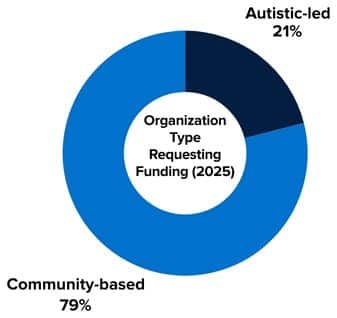
GROWTH OF AUTISTIC-LED ORGANIZATIONS
A significant portion of applicants (145) were confirmed autistic-led organizations/projects. Their visibility and leadership in the applicant pool reflect a broader shift toward centering autistic voices in program design and service delivery.
However, many of these groups operate with limited infrastructure and rely heavily on small grants or short-term funding. Sustaining autistic-led innovation will require continued investment in organizational capacity, not just project-specific support.
A SURGE OF NEW ORGANIZATIONS
Nearly 1 in 5 applicants were founded in just the past five years. This surge suggests both grassroots energy and an urgent demand for new models, while also raising questions about long-term sustainability in today’s funding climate.
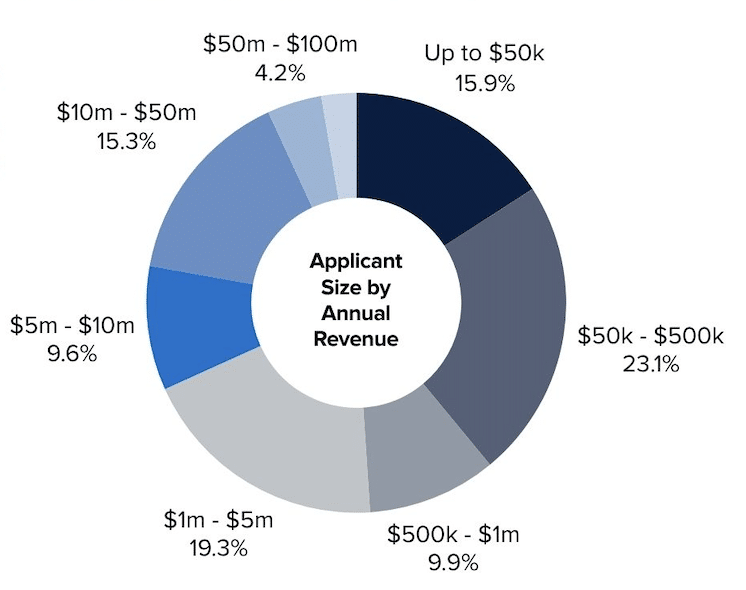
WIDE RANGE OF ORGANIZATIONAL CAPACITY
Applicants ranged from grassroots startups with annual revenues under $50,000 to legacy institutions with budgets over $5 million. This breadth signals that innovation is thriving across scales but also highlights inequities in stability and access to funding.
Smaller organizations often reported greater exposure to funding strain, while larger agencies described difficulty maintaining staffing levels or expanding services despite their size. Across the spectrum, providers are adapting, but nearly half of applicants experienced or anticipated reductions in resources in 2025.
Above is a portion of the full report; CLICK HERE to access the full report.

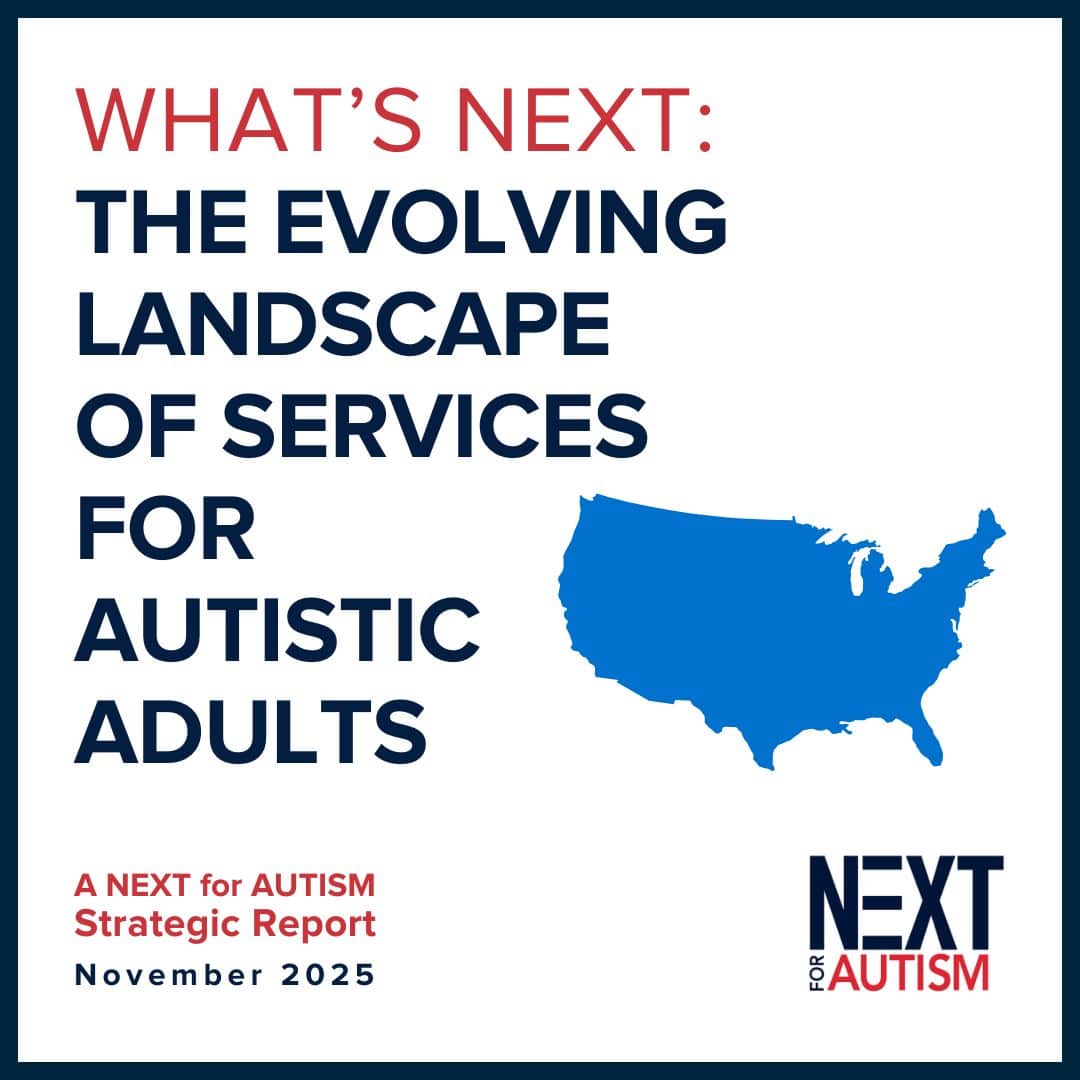
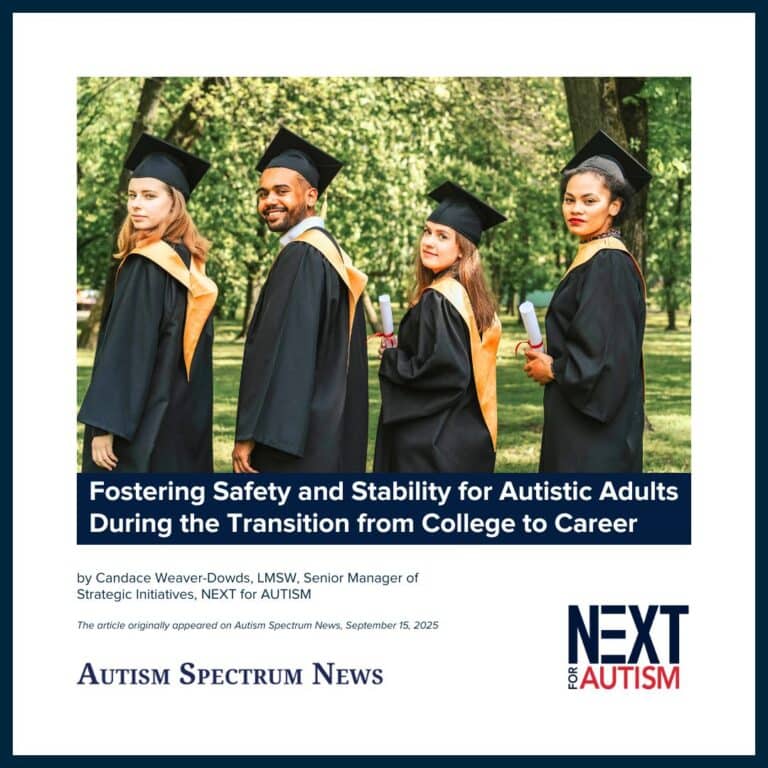
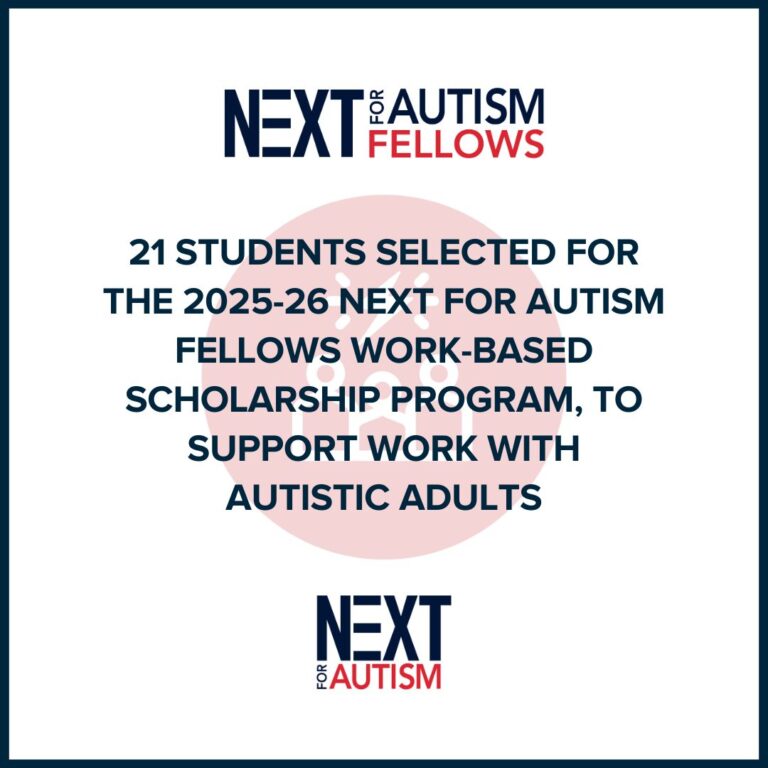
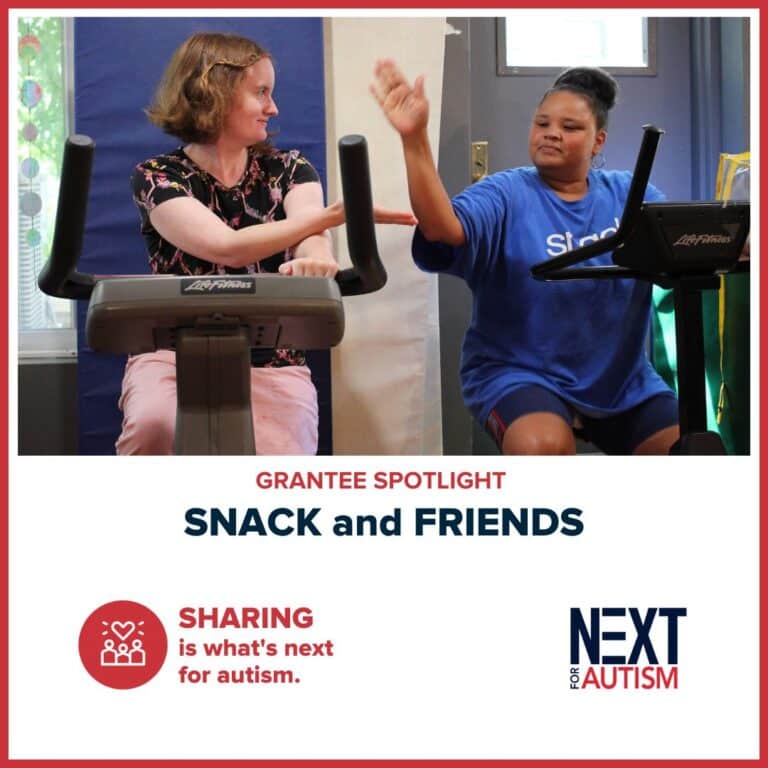

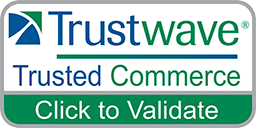
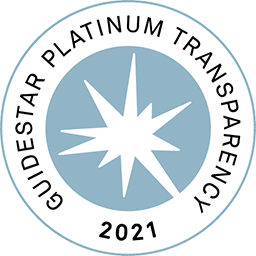
Leave a Reply